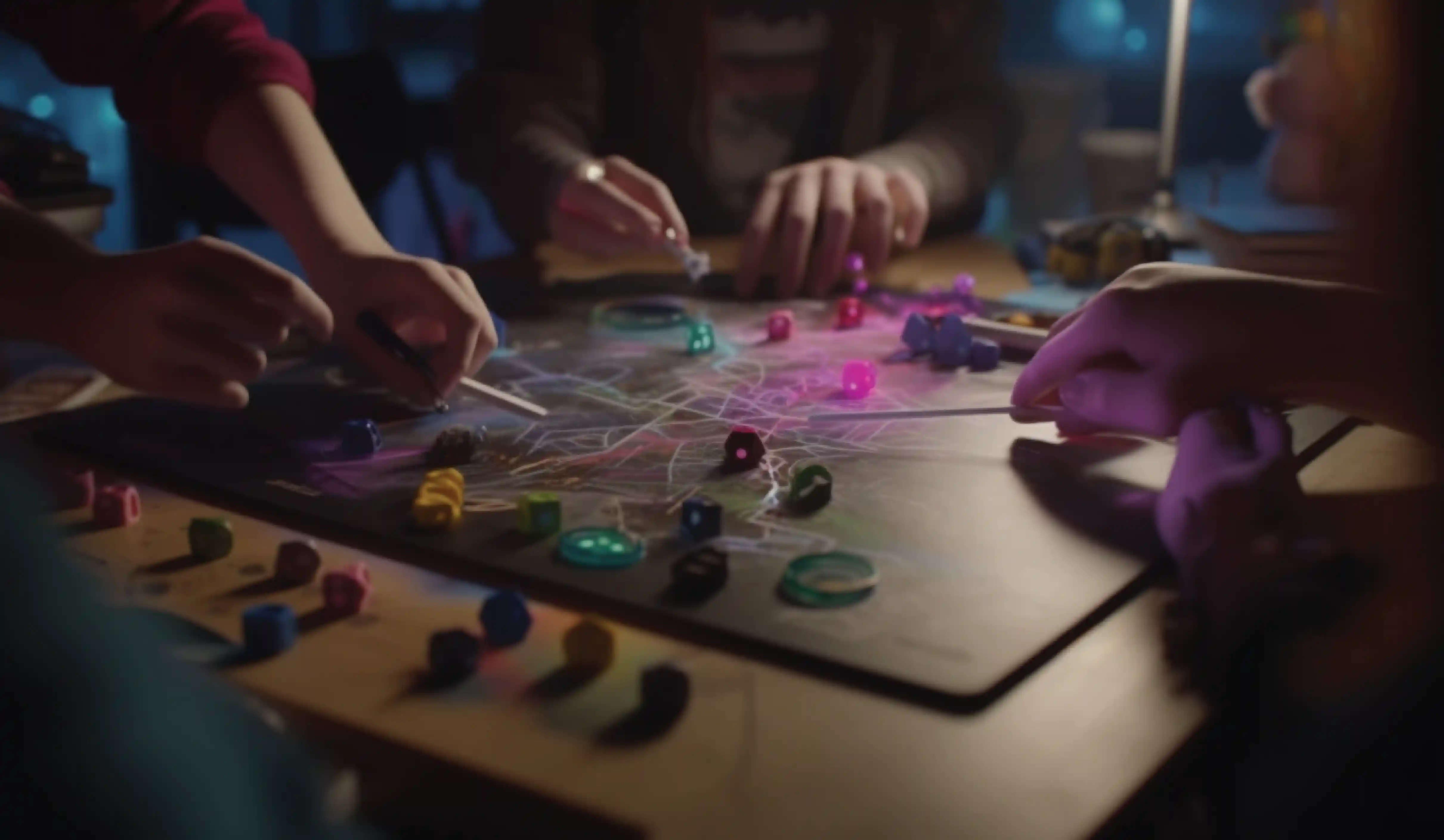 Launch apps instantly. Claim $200 credits on DigitalOcean
Launch apps instantly. Claim $200 credits on DigitalOcean
How to Get Started with 2D Character Animation?
Written by Richard » Updated on: April 17th, 2024

2D character animation is one of the key elements in game development. Many people have this concept that 2D character animation is a lower version of 3D character animation but the truth is that they are entirely two different game visuals as well as their process.
In this blog, we will look at the 2D character animation and how you can get started with it. Here is the process to get started with animating 2D characters, props, game elements, environment, and much more. The game development companies start their process by working on concept art of the character, choosing the tools, design, animation and deployment. Here is a quick to access process for you:
Understanding the basics of 2D Character Animation
Entering the intriguing world of 2D character animation requires a solid understanding of fundamental ideas regarding animation for 2D game objects. Therefore, first learn and understand the fundamental animation techniques like squash and stretch, which give characters elasticity and energy. Anticipation is essential for producing a natural build-up before actions, and understanding timing promotes smooth and lifelike motion. These concepts serve as the foundation, allowing you to create characters who not only move but also tell a captivating story with every action.
Choosing 2D Animation Software
The choice of animation software is an important decision in molding your creative path. Adobe Animate, with its easy-to-use interface and vector-based capabilities, is great for beginners. Professionals prefer Toon Boom Harmony, Maya, and Blender which includes extensive tools for creating intricate animations. OpenToonz, an open-source solution, is affordable. Customize your decision to meet your learning curve, project requirements, and long-term goals, ensuring that the program complements your creative vision.
Start Creating 2D Character
A fascinating character design is at the heart of good 2D animation. Create figures with distinct outlines, unique features, and emotional expressions. To preserve visual harmony, carefully analyze dimensions and ensure that your character's design is consistent with the overall tone and narrative of your animation. A well-designed character becomes a visual anchor, capturing the audience's attention and improving the storytelling experience.
Principles of Animation
Improve your 2D character animation by delving into the profound ideas laid out by animation pioneers. The 12 principles, which include arcs for natural motion, exaggeration for emphasis, and secondary action for depth, work as guiding lights. Apply these ideas to give your characters realism and capture your viewers with subtle movement. Mastery of these principles lays the groundwork for making animations that move and emotionally engage the spectator.
Tips & Techniques for Successful 2D Character Animation
To create a realistic 2D animation, the designer and animator must be knowledgeable about tips and tricks. These techniques try to bring animations to life and make characters more realistic, allowing gamers to connect with them. Here are some of the most useful approaches you may use for 2D character animation:
Understanding Psychology and Movement
Creating realistic animations necessitates a thorough examination of character detailing, with an emphasis on understanding the character's psyche and bodily motions. This entails researching existing characters or observing real people to correctly recreate their movements in your animation.
Studying Real-Time References for the Desired Shape
To avoid potential problems during character and animation development, it is prudent to review references before beginning the creative process. Analyzing character features, body motions, and gestures yields significant ideas that can be smoothly included into your work.
Furthermore, animators can improve their talents by meticulously analyzing real-life body motions, attitudes, and gestures and adding these subtle details into the characters they create.
Implementing a Proxy Model.
High-resolution models may overburden your computer's resources. Consider using a proxy model to make the animation process more efficient. This approach makes the animation workflow more controllable and efficient.
Avoid overly animated speech.
While animating speech, some people methodically animate each letter. A more successful strategy is to keep it simple. Overanimating speech can cause rapid character movements, which disrupts the flow. Therefore, it's advisable to refrain from excessive detailing in speech animation.
Best Tools for 2D Character Animation
If you are looking to know and understand the best tools, then here is the list of the best 2D character animation tools that you can use.
Adobe Animate: Comprehensive Animation Suite
Adobe Animate distinguishes out as a flexible and comprehensive solution for 2D character animation. With an easy-to-use interface, it includes frame-by-frame animation, puppet animation, and a comprehensive collection of sketching and illustration capabilities. It connects easily with other Adobe Creative Cloud apps, making animators' workflows more efficient.
Toon Boom Harmony, Professional Animation Software
Toon Boom Harmony is a top choice for professional 2D character animation. It has complex capabilities such as rigging, cut-out animation, and a node-based compositing system. Toon Boom Harmony is designed to meet the needs of both independent animators and large-scale studios by emphasizing efficiency and productivity.
OpenToonz is open-source animation software.
OpenToonz is a strong open-source animation software that has a wide range of functionality for 2D animation. It offers tools for classic frame-by-frame animation, vector-based sketching, and a wide range of effects. Its open-source nature makes it an affordable option for animators on a tight budget.
Moho (Anime Studio): A user-friendly animation tool
Moho, formerly known as Anime Studio, is a user-friendly 2D animation tool suitable for both beginners and experienced animators. It features bone rigging, smart bones for realistic movement, and a timeline that supports frame-by-frame animation. Moho's simplicity makes it accessible for those new to character animation.
Pencil2D
Pencil2D is a simple and free program for basic 2D character animation. It is open-source software with a simple user interface. Pencil2D supports conventional hand-drawn animation, making it excellent for novices or projects with simple animation needs.
Copyright © 2024 IndiBlogHub.com Hosted on Digital Ocean









Post a Comment
To leave a comment, please Login or Register